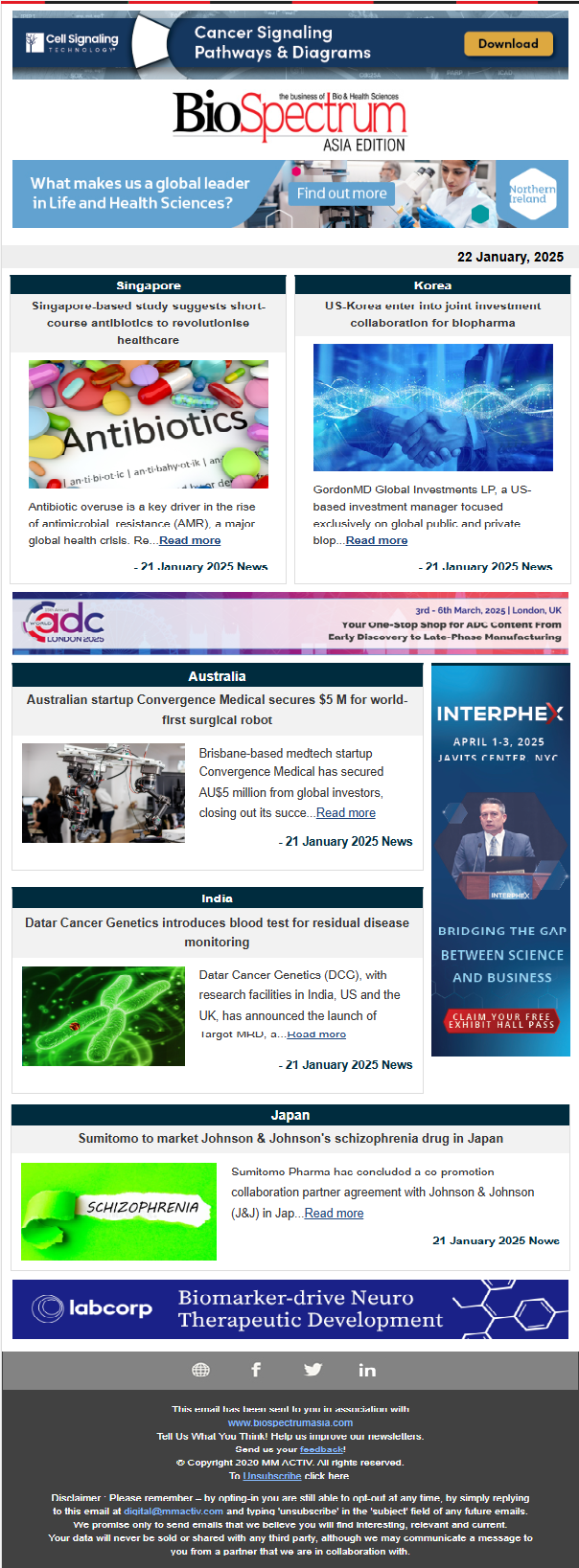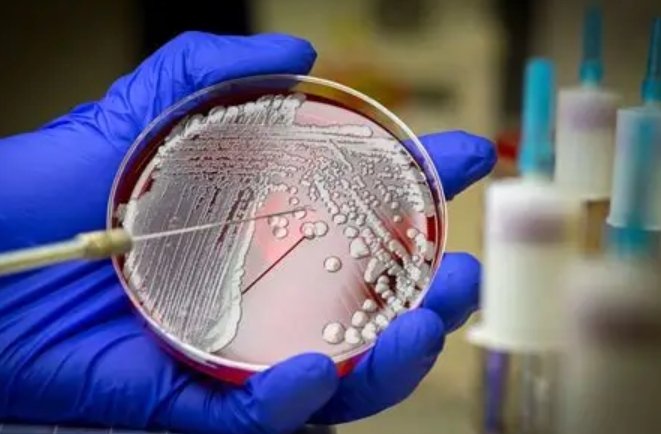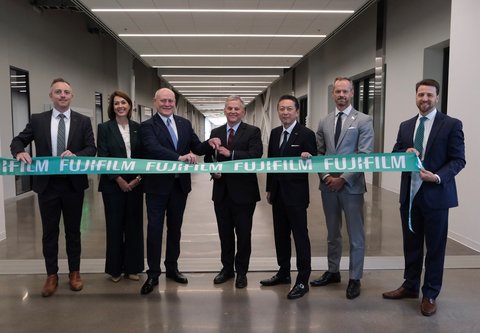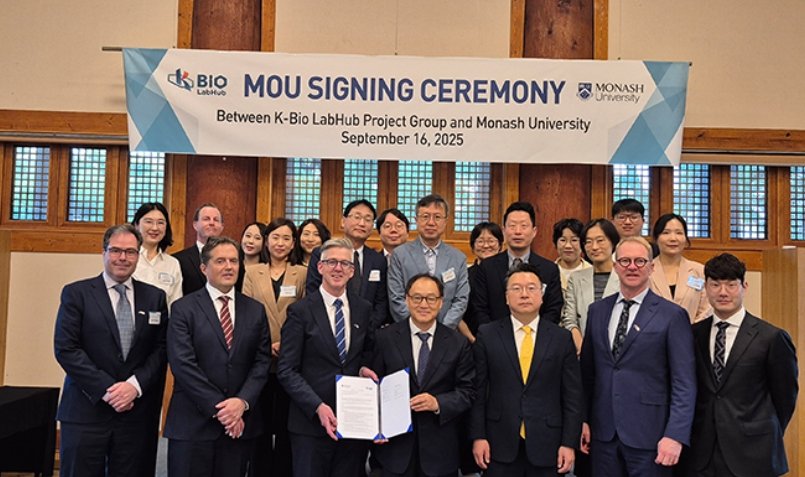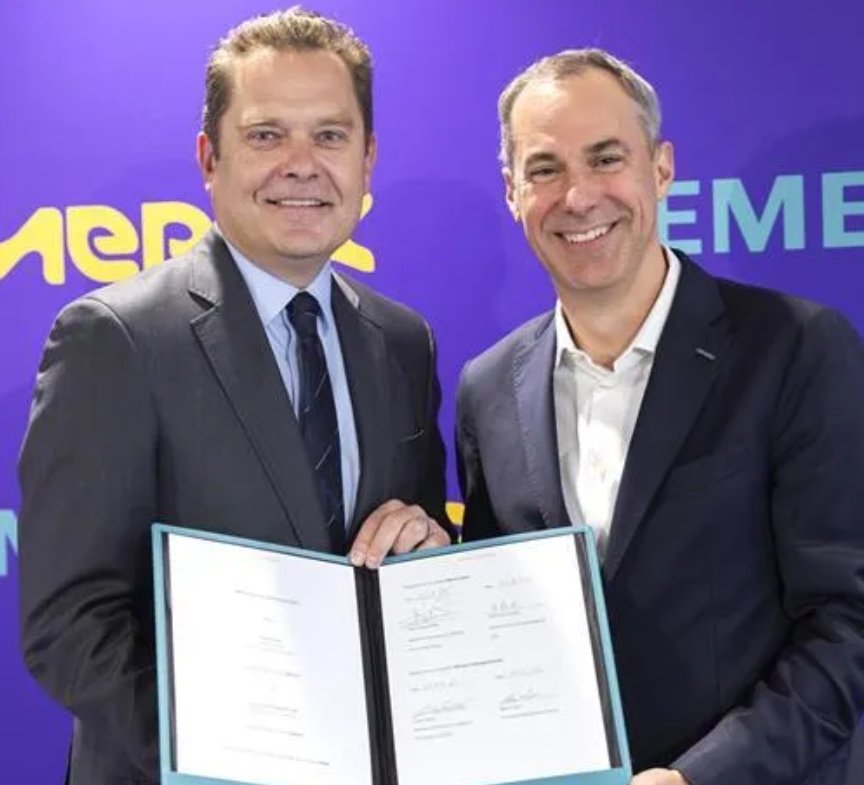
A team of researchers from the National University of Singapore (NUS) has developed a method to fabricate personalised gingival (gum) tissue grafts using an innovative combination of 3D bioprinting and artificial intelligence (AI).
Led by Assistant Professor Gopu Sriram from NUS Faculty of Dentistry, the team's approach presents a more customisable and less invasive alternative to traditional grafting methods, which often involve harvesting tissue from the patient's mouth, a process that can be both uncomfortable and constrained by the availability of suitable tissue.
The 3D bioprinting and AI-enabled technique has the potential to address key challenges in dental procedures more effectively, such as repairing gum defects caused by periodontal disease or complications from dental implants. For instance, by enabling the precise fabrication of tissue constructs tailored to individual patients, the method can significantly improve treatment outcomes, reduce patient discomfort, and minimise the risk of complications, such as infections, during recovery.
Gum tissue grafts are essential in dental care, particularly for addressing mucogingival defects such as gum recession, and complications arising from periodontal disease or dental implants.
The bioprinted gum tissue grafts exhibited strong biomimetic properties, maintaining over 90% cell viability immediately after printing and throughout an 18-day culture period. The grafts also retained their shape and structural integrity, while histological analyses confirmed the presence of key proteins and a multi-layered structure closely resembling natural gum tissue.
Future research will focus on translating the findings from bench to bedside. The team plans to conduct in vivo studies to assess the integration and stability of the grafts in oral environments. They also aim to explore the integration of blood vessels into the grafts through multi-material bioprinting to create more complex and functional constructs. With these developments, the researchers hope to advance the field of regenerative dentistry while paving the way for broader applications in tissue engineering.
